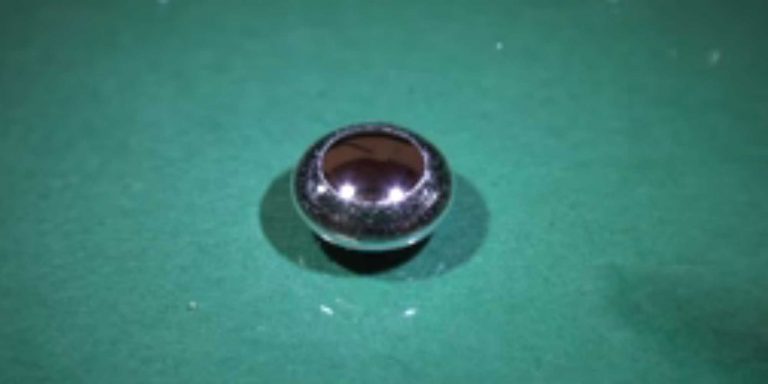Magnetoactive liquid-solid phase transitional matter brings reminisce of T-1000 of Terminator Genisys
The goal of this work is to present a class of magnetoactive phase transitional matter (MPTM) to make phase-changing magnetic machines.

The goal of this work is to present a class of magnetoactive phase transitional matter (MPTM) to make phase-changing magnetic machines that are capable of achieving rapid and reversible transitions between solid and liquid phase. Something known in Terminator Genisys to be the defining behavior of T-1000 who just like MPTM, transitions between solid and liquid as pleased.

is that, using magnets, metal can be used in biomedical and engineering technologies, from circuit assembly to targeted drug administration; in one of the videos, it is possible to see the technology bringing a remedy to a false stomach.
The key, according to the article, is the use of magnetoactive phase transition matter (MPTM). To create this, the researchers used liquid metal (ferromagnetic neodymium-iron-boron (NdFeB) microparticles embedded within a matrix of low-melting-point LM (e.g., Galinstan, −19°C; EGaIn, 15.7°C; gallium, 29.8°C; Bi45Sn23In19Sn8Cd5, 47°C) and can switch phase through inductive heating by applying alternating magnetic field (AMF) heating and ambient cooling at room temperature) embedded with tiny magnetic particles and then placed the liquid metal robots that shape-shift into magnetic fields they could control.

In the solid phase, the machines exhibit excellent mechanical strength (gallium based: strength, 21.2 MPa; modulus, 1.98 GPa) that enables high load capacity. The stable magnetization of the embedded microparticles also enables more versatile mobility, including both fast movement and multimodal locomotion (e.g., jumping, moving, and rotation). In the liquid phase, the material is fluidic and the magnetic microparticles are able to rotate and reorient their magnetic polarity to achieve morphological adaptations by elongating, dividing, and merging.
Benefit of having a piece of technology that can transition between the two states is also a way to escape the durability problems related to conventional robots among other domestic and industrial related use cases.
More Information ℹ
- https://www.cell.com/matter/fulltext/S2590-2385(22)00693-2
- https://www.imdb.com/title/tt1340138/
- https://www.cell.com/cms/10.1016/j.matt.2022.12.003/attachment/9b362499-248a-4792-9f13-df325d9b33a8/mmc1.pdf




